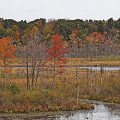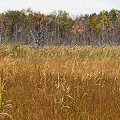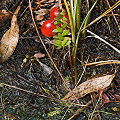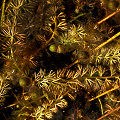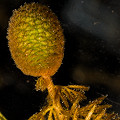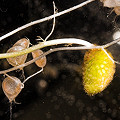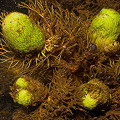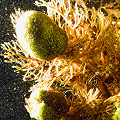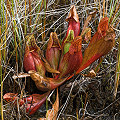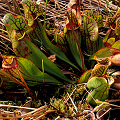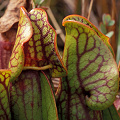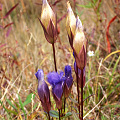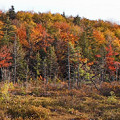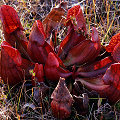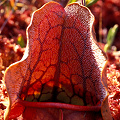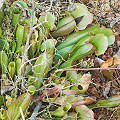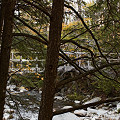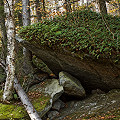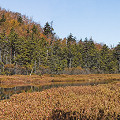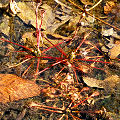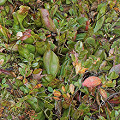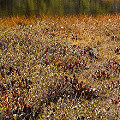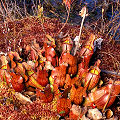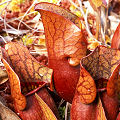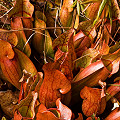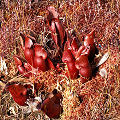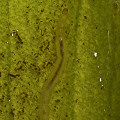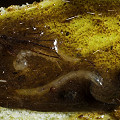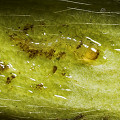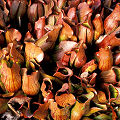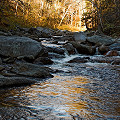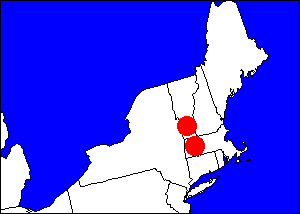
The Trip:
In the fall of 2006, I had business travel to the eastern part of New York state. Autumn in the eastern hardwood forests of the
USA translates to spectacular fall foliage, so I decided to spend a few extra vacation days "leaf peeping."
The best leaves to peep at are carnivorous, so I researched suitable carnivorous
plant locations.
I only had two days to play, so I had to make tough choices. After a lot of research, I settled upon
two sites in Massachusetts and one in Vermont.
The two Massachusetts sites were both managed (at least in part) by The Nature Conservancy.
The first site was a calcareous fen with a nearly neutral pH. The second site was a classic
quaking Sphagnum bog. Both reportedly had Sarracenia,
Drosera, and Utricularia, and I expected an interesting contrast
between the two.
Both of these sites were drive-up locations, with no hiking or real exploration needed to find them. As I was in the
mood for something challenging, I continued my pre-trip research and looked for something more difficult to reach.
I discovered an old reference to a remote Vermont pond that
sounded promising. More research indicated that it was an
isolated, difficult-to-reach Sarracenia bog that was, at least a few decades ago, in excellent condition.
Hiking trails approached within a few km of the site, but after that would require bushwhacking.
This sounded excellent!
Start the photo-essay!
